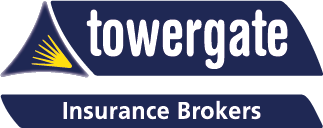Fire is a risk in almost every workplace, but hot works are a particular leading cause of workplace fires. In this article we take a closer look at hot works and how you can prevent fires in your workplace with hot work permits.
What is hot work?
Hot work is any work or task that produces flame and/or sparks. This includes work such as:
- Welding: Using high heat to join metals, which produces sparks and flame.
- Cutting: Metal cutting operations using torches or saws that generate heat.
- Grinding: Using a grinding tool that creates sparks from friction on metal surfaces.
- Brazing: Joining metals by heating and using filler material that melts at a lower temperature than the metals being joined.
- Soldering: Similar to brazing but involves lower temperatures and is typically used for electronics or plumbing.
- Torch-applied Roofing: Heating roofing materials with an open flame to apply them to surfaces.
- Drilling or Sawing into Metal: Using equipment that generates heat or sparks when penetrating metal surfaces.
- Thermal Spraying: Applying a coating by melting and spraying material onto a surface, often used for corrosion protection.
These activities are often used in construction, maintenance and industrial settings and come with heightened fire risks, so they need to be managed carefully.
What is a hot work permit?
A hot work permit is a form of checklist that confirms that workplace risks have been assessed and that controls have been put in place to mitigate those risks.
A new permit must be completed every time hot work is done - if it expires during the job, it must be re-issued. They can only last for a shift or day’s length of work, and the duration can vary based on the organisation that issued it and its specific requirements and policies. The duration of validity is shown on the permit itself. The person who issued the permit must visit the location to ensure that conditions have not changed since the permit was originally issued - if the conditions have changed, then they will need to be re-assessed with additional controls added, and a new permit issued.
Once the work and fire watch have been completed, the permit should be signed and returned to the person who issued it. This will confirm that the area is safe for normal operations, and that any fire detection or protection systems that may have been temporarily disabled during the work have been fully reinstated.
Hot work permits are not explicitly required by UK law but several health and safety regulations need them to ensure compliance.
What information is on a hot work permit?
The information on a hot work permit can vary, but often will include the following:
- Work Area: The location in which the work is being carried out. The exact area should be specified, so any hazards within it can be addressed.
- Permit Issuer: The identity of the person who issued the permit. This could be a supervisor or health and safety officer, who knows the risks associated with hot work and can enforce safety procedures. This person will also make all the relevant safety checks before the work starts.
- Safety Checklist: The permit should include a list of safety measures that should be taken before work starts, such as checking that fire extinguishers are available, there is sufficient ventilation, and there are no flammable materials in the work area.
- Competent Person: The identity of the competent person doing the hot work. This person should be a professional who is trained to do the hot work, and is knowledgeable about the risks and safety controls.
- Fire Watch: The identity of a person designated to watch the work area while the works are taking place, and for a defined period (usually at least an hour) after the hot work is complete. This person will detect and respond to any signs of fire and take immediate action if needed. The permit cannot be closed off until the fire watch has been completed.
While the elements above are the most common, the specifics can vary depending on the organisation that has produced the hot work permit.
Sources
This article is based on knowledge and expertise from our risk management colleagues at RiskSTOP and our health and safety colleagues at Stallard Kane.
Health and safety information from Towergate
For more information on health and safety management in the workplace, and keeping your business and your people safe, speak to your local Towergate adviser.


